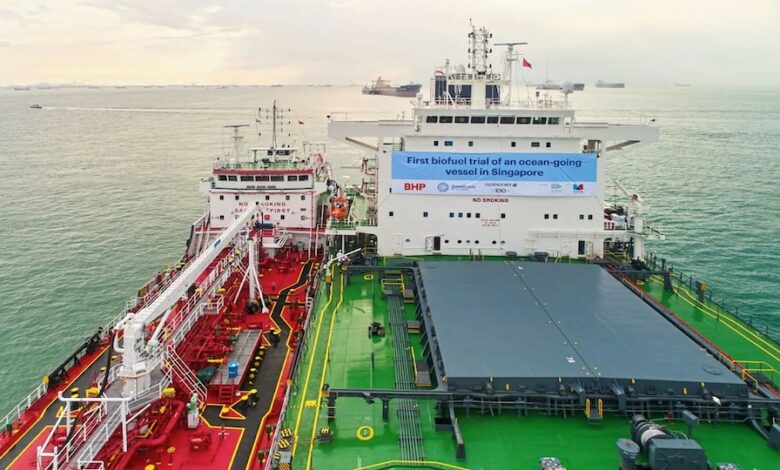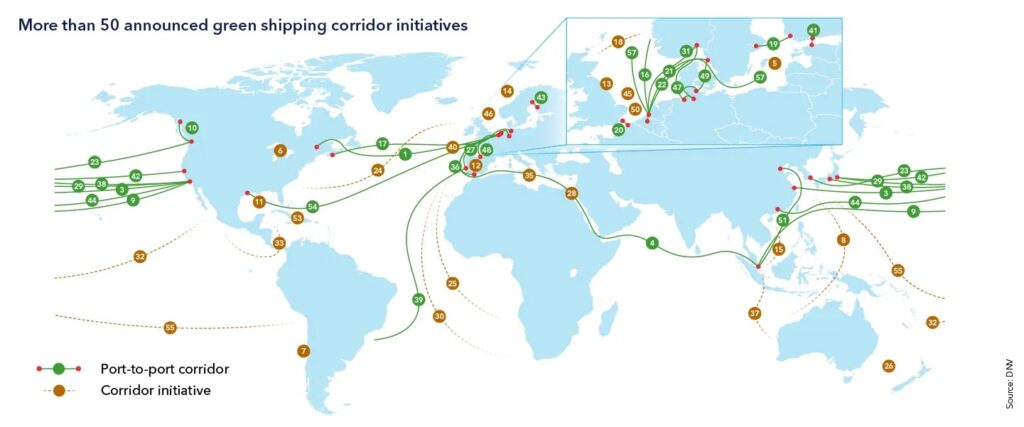Green shipping corridor initiatives mushroom

In the months since member states agreed at the London headquarters of the International Maritime Organization (IMO) to turbocharge shipping’s green targets, the number of so-called green corridors around the world has rocketed.
Latest data from classification society DNV shows the number of green shipping corridor initiatives doubled last year and, as of February this year, stands at 57 with Los Angeles, Singapore, Antwerp, Rotterdam, the Baltic Sea and southern Japan showing the greatest commitment to fostering dedicated green fuel shipping channels.
According to C40, a green shipping corridor is a shipping route on which zero-carbon emissions ships and other emissions reduction programmes are deployed, and emissions reductions are measured and enabled through public and private actions and policies. C40 is a global network of nearly 100 mayors working to confront the climate crisis.
Green shipping corridors first came to real prominence in Glasgow at 2021’s COP26, the major international climate summit, when 19 countries joined the first ever framework to create zero-emission ocean shipping corridors, with the signing of the Clydebank Declaration for clean shipping corridors.
Welcoming the growth in green port city agreements, Steven Jones, the CEO of the Sustainable Shipping Initiative (SSI), said the good intentions must now be translated into deliverables.
“Building on the potential is vital, and so leveraging regional transition opportunities like clean energy access, job creation, workforce upskilling, and environmental protection, can unlock green corridors’ full potential as catalysts for positive change,” Jones told Splash.
The SSI is a member-led group of leaders attempting to bring change across the maritime ecosystem.

